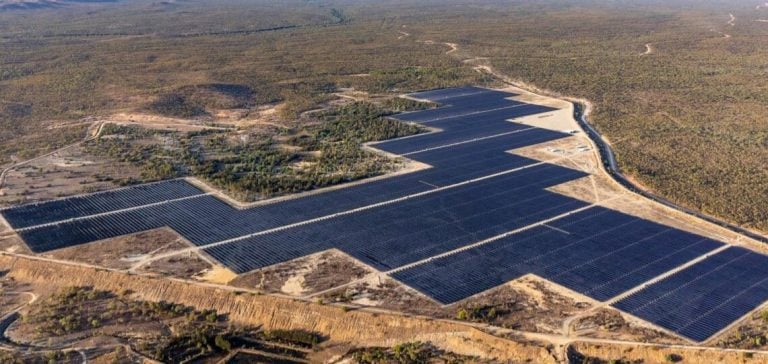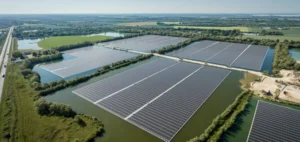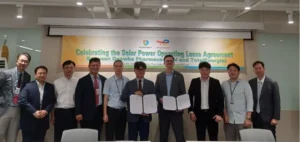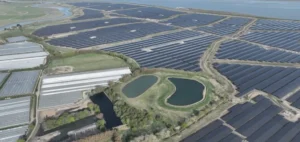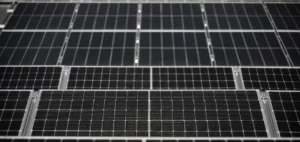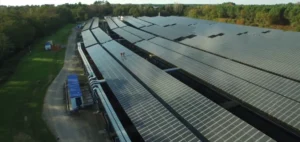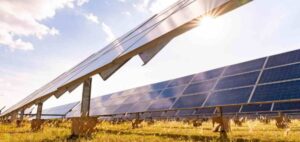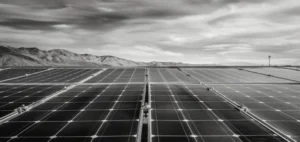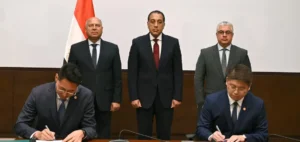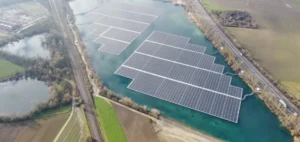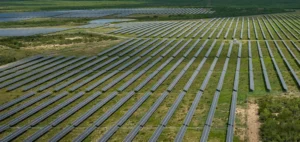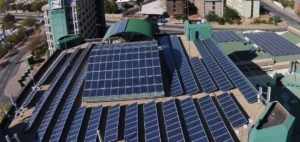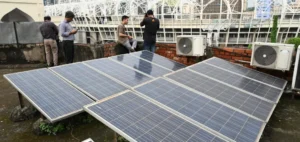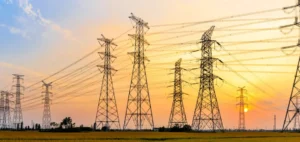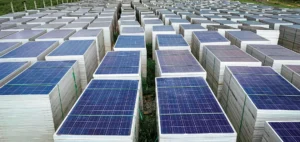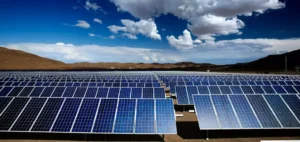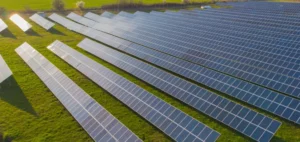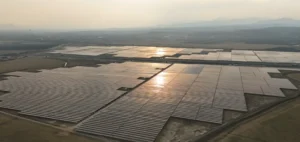Genex Power, a key player in Australia’s renewable energy sector, recently signed a Power Purchase Agreement (PPA) with Stanwell Corp, an energy company owned by the State of Queensland. This agreement supports the development of the first phase of the Bulli Creek solar and battery storage project, which is expected to reach a total capacity of 775 MW. The project, located in south-east Queensland, represents a significant step forward in the region’s energy transition, aimed at integrating more renewable energy into the electricity grid. The PPA signed with Stanwell Corp. covers a 15-year period, enabling the company to purchase up to 550 MW of renewable energy produced by the first phase of the Bulli Creek project. The project is designed to become Australia’s largest grid-connected solar farm. The Bulli Creek project is a multi-phase initiative, with plans to develop up to 2 GW of solar capacity and up to 400 MW/1,600 MWh of battery storage capacity. The necessary planning, environmental and heritage approvals have already been obtained, speeding up the development process.
A strategic partnership for the energy transition
Craig Francis, CEO of Genex, highlights the importance of this agreement, saying,
“The 15-year power purchase agreement at Bulli Creek will enable Genex to progress the project rapidly towards a final investment decision later this year, delivering 775 MW of new renewable energy capacity in Queensland from 2027.”
This statement highlights Genex’s commitment to strengthening its position in the renewable energy market, especially following the acquisition of the company by Japanese company J-Power for AUD 380 million.
The agreement with Stanwell is particularly significant for Genex, as it follows the expiry of a previous supply contract with Fortescue, which had planned to use renewable energy for its renewable hydrogen and green ammonia production project.
Fortescue’s change of strategy has paved the way for Genex to establish a strong partnership with Stanwell, which is looking to diversify its energy portfolio.
A commitment to sustainability objectives
The PPA also includes a five-year operations and maintenance (O&M) contract for the 50 MW Kidston solar farm, also managed by Genex.
This contract represents an important milestone for Stanwell’s new subsidiary, Stanwell Asset Maintenance Co. (SAMCo), which will provide O&M services from December 2024.
It is part of Stanwell’s wider strategy to transform its energy portfolio, in response to the Queensland Government’s sustainability targets of 70% renewable energy by 2032 and 80% by 2035.
Stanwell CEO Michael O’Rourke said,
“Our partnership with Genex is an essential part of our portfolio transformation and will accelerate the delivery of our renewable energy pipeline in line with the Queensland Energy and Jobs Plan.”
This statement underlines the importance of companies working together to achieve common goals in sustainability and energy transition.
Future prospects for the renewable energies sector
Stanwell, which owns coal-fired power stations with a total capacity of 2,845 MW, has already secured nearly 4,000 MW of renewable energy generation projects and storage capacity, currently operational, under construction or under development.
This development reflects a growing desire to integrate sustainable energy solutions into Australia’s energy mix.
The agreement with Genex represents not only a breakthrough for both companies, but also a step forward for Australia’s renewable energy sector.
By promoting large-scale projects like Bulli Creek, the companies are helping to reduce carbon emissions and create a more sustainable energy future.
Initiatives like these are essential to meeting today’s energy challenges and supporting the transition to a low-carbon economy.

